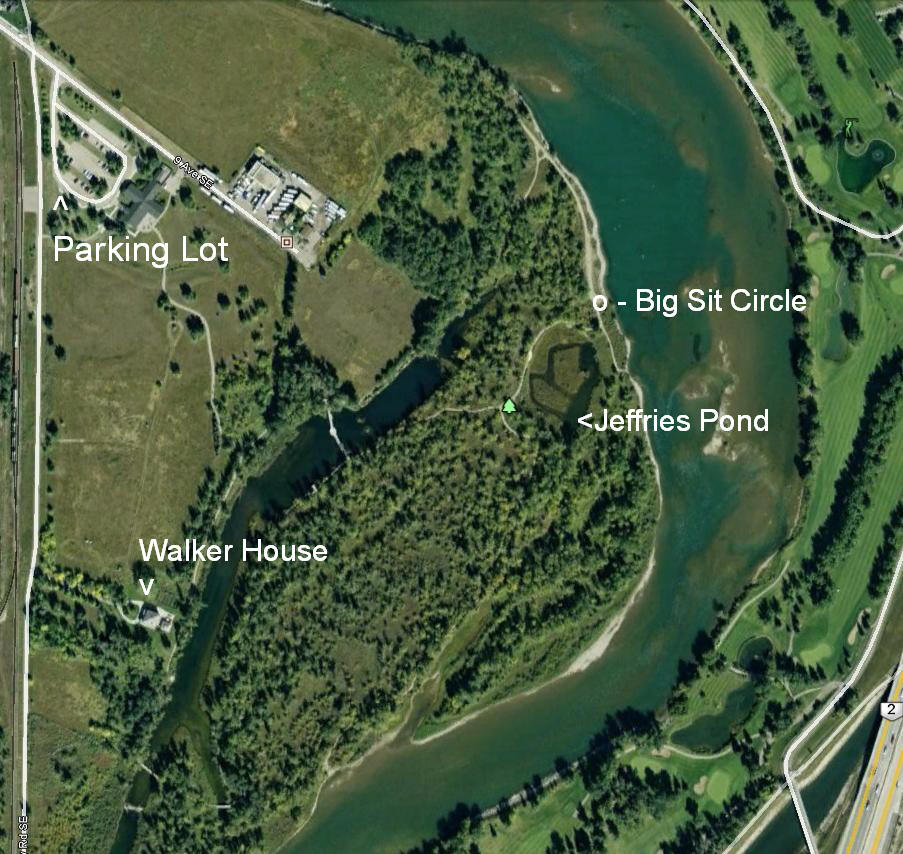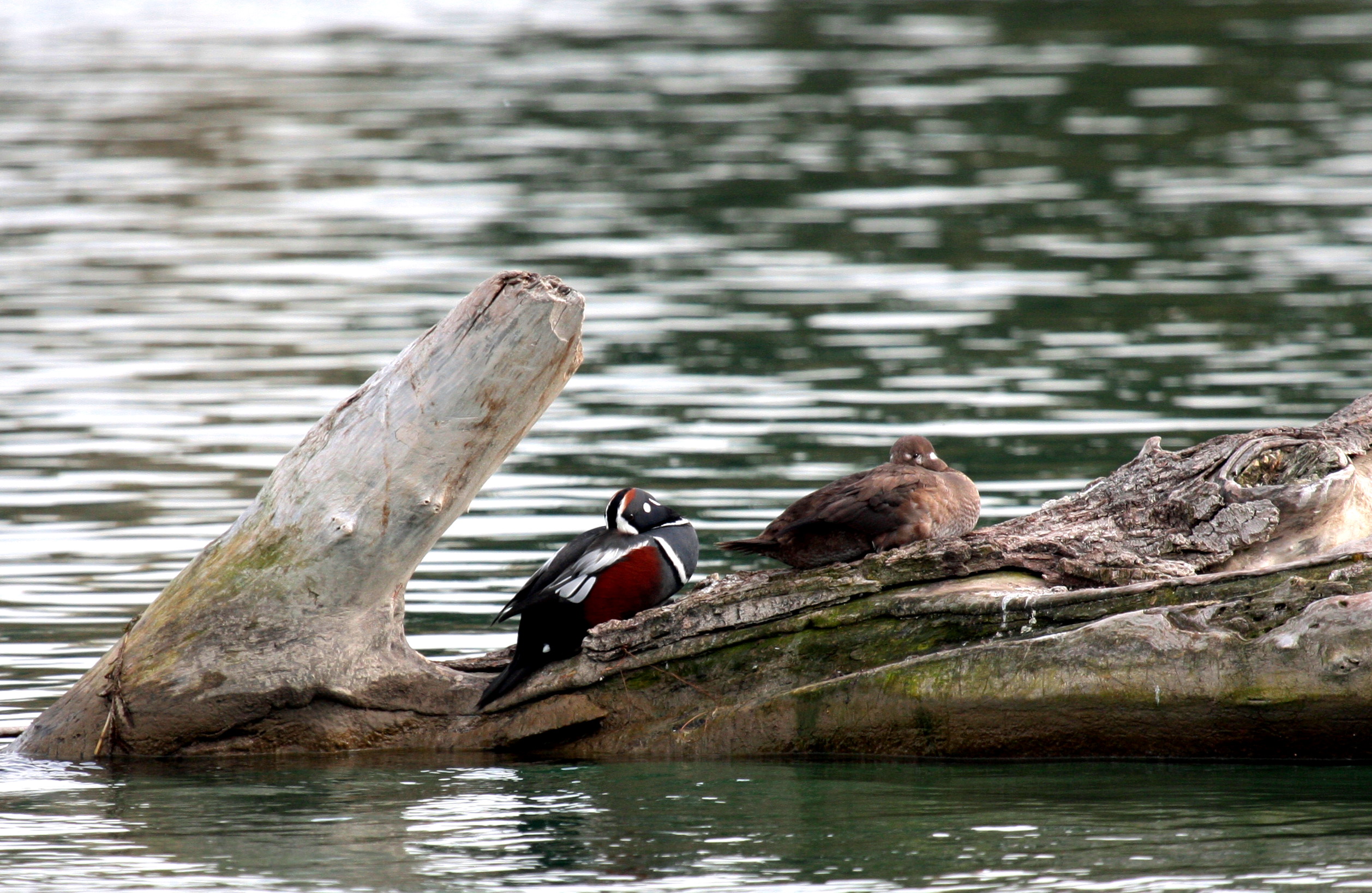It’s a sure sign of spring in my yard when I see the White-crowned Sparrows are back.
A fairly large sparrow at 5 1/2-7″ (14-17 cm), White-crowns don’t fit the miscellaneous sparrow category of LBJ’s – little brown jobs – that are hard to distinguish from one another. These dapper little sparrows are always in bright white and black, and easy to identify.
The white crown has two black stripes, they have a black eye line (a line going to the back of the head from the eye), and a yellow-orange bill. They have white streaking on a brown back and wings, and their underparts are pale grey. Males and females look alike.
Small flocks of White-crowned sparrows pass through Calgary in late April to May, and then again in Sept-Oct. Their spring visits to our city are just a stopover for their trip to their breeding habitat in the northern boreal forest. They prefer open environments with shrubby meadows, alpine and willow shrubs, and build cup nests in shrubs or small conifers.
These sparrows are tireless singers, and are known to even sing under the light of a full moon.
Sparrows forage on the ground, usually in fairly open areas, and fly up into a small tree or hedge when flushed. We have a dedicated bird area at the back of our yard, and spillage from the hanging bird feeders provides an excellent sparrow feeding ground. Like other sparrows, the hyperactive White-crowns make quick jumping back and forth movements, scratching the ground to expose insects and seeds.
If you have White-crowned Sparrows in your yard right now, enjoy them while you can. They won’t be here for long, and then we’ll have to wait for their re-appearance in the fall.
By the way, the bird singing in the video background is a Ruby-crowned Kinglet, which I’m still attempting to capture with my camera.
Posted by Pat Bumstead














































